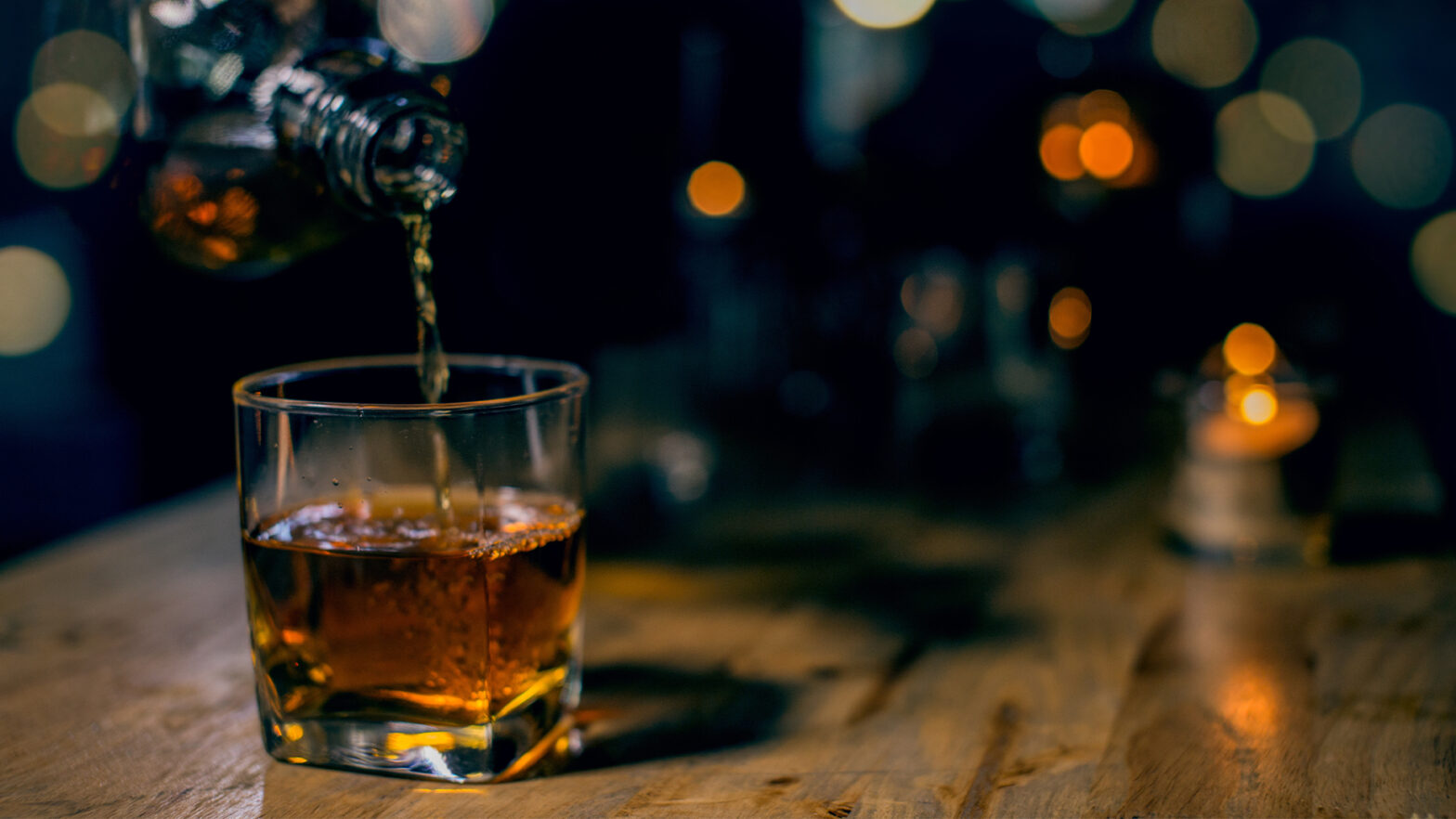Diamonds are a popular choice for engagement rings and other fine jewellery, but with the rise of synthetic diamonds and diamond simulants, it can be difficult to know for sure if a diamond is real or not. According to Simion Kronenfeld there are some methods you can use to identify if a diamond is real or not:
Look for a certificate: The best way to ensure that a diamond is real is to purchase it from a reputable jeweller who can provide a certificate from a recognized diamond grading laboratory. A certificate will provide detailed information about the diamond’s characteristics, such as its carat weight, cut, colour, and clarity. Look for certifying agencies like GIA, IGI, EGL, and AGS.
Check for a hallmark: Many authentic diamonds will have a hallmark, which is a small engraving on the diamond that indicates its purity and weight. This hallmark can be found on the girdle (the widest part of the diamond) or on the culet (the bottom point of the diamond).
Look at the diamond under a microscope: A real diamond will have microscopic inclusions and imperfections, known as “inclusions.” These inclusions can be seen under a microscope and can be used to identify a real diamond.
Check for fluorescence: Some diamonds will emit a blue glow under ultraviolet light, known as fluorescence. While fluorescence can be a useful tool to identify a real diamond, it should not be used as the sole method of identification, as some synthetic diamonds can also fluoresce.
Conduct a fog test: Diamonds are excellent conductors of heat and will quickly dissipate heat. To conduct a fog test, breathe on the diamond and observe how quickly the fog dissipates. If the fog dissipates quickly, it is likely that the diamond is real. If the fog lingers, it is likely that the diamond is a simulant.
Conduct a thermal conductivity test: Diamonds are excellent conductors of heat, so a diamond will dissipate heat quickly. To conduct a thermal conductivity test, you will need a thermal probe. Touch the probe to the diamond and observe the rate at which the temperature changes. If the diamond is real, the temperature will change quickly, if it’s not, the temperature will change slowly.
Conduct a specific gravity test: Diamonds have a higher specific gravity than most other gemstones, so a diamond will sink in a liquid of a higher density. To conduct a specific gravity test, you will need a liquid of a known density, such as a solution of salt and water. Place the diamond in the liquid and observe whether it sinks or floats. If the diamond sinks, it is likely that it is real.
Check the price: While this is not a scientific method, if a diamond seems too good to be true, it probably is. If a diamond is significantly cheaper than others of similar quality and carat weight, it may be a synthetic diamond or a diamond simulant.
Simon Kronenfeld states that it can be difficult to know for sure if a diamond is real or not, but by using a combination of the methods outlined above, you can increase your chances of identifying a real diamond. Remember to look for a certificate, check for a hallmark, look at the diamond under a microscope, check for fluorescence, conduct a fog test, conduct a thermal conductivity test, conduct a specific gravity test, and check the price. Remember that it’s always best to purchase a diamond from a reputable jeweller who can provide a certificate from a recognised diamond grading laboratory.





















